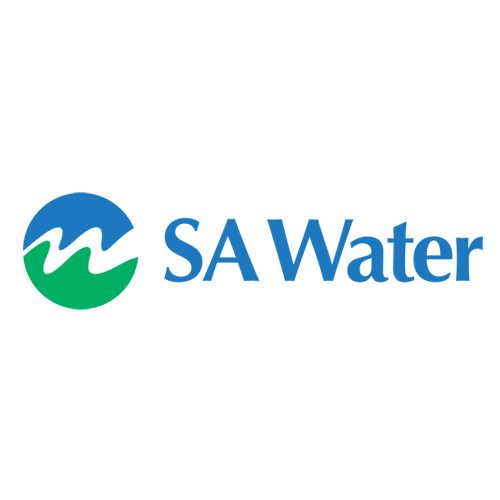
Integrated Demand Management System (IDMS)
Empowering planners to optimise water transfer creating power savings of 2% to 5%.
Project
$
0
M
annual savings
<$
0
M
duration
0
yrs


Empowering planners to optimise water transfer creating power savings of 2% to 5%.

SHARE
SA Water maintains an extensive pipeline infrastructure comprising more than AU$13 Billion in assets for the harvesting, treatment and supply of water to 1.5 million people throughout South Australia.
Energy costs for pumping water from the Murray River are around $20,000,000 annually. The high cost of energy coupled with the complex pipeline-reservoir network and frequent operational constraints led SA Water to seek a software decision support tool for system engineers and pipeline operators to:
SA Water had a network of SCADA systems across South Australia comprising some 150,000 tags and a well-established Operational Data Store (ODS) using an OSIsoft PI Historian to aggregate the data from numerous SCADA sites. However, the SCADA and business systems operated on separate networks and there was limited business visibility of SCADA data.
Bulk water transfers relied heavily on operator experience and manual scheduling procedures which were time-consuming and offered very limited optimisation capabilities.
It was desirable to leverage SA Water’s existing investment in the PI software suite to provide operators with a simple but powerful tool to generate pumping schedules which could then be integrated into the SCADA system.
GTS developed a solution that brought together operational data from SCADA systems, demand forecasts, asset information and operational constraints. A user interface presented the current state of tanks and pumps together with expected demand trends and allowed operators to configure the model using their own experience.
The model configuration data was combined with thousands of elements of more static pipeline data and a comprehensive set of operational constraints and processed through an ‘optimisation engine’ using EPANET developed by a third-party hydraulic modelling specialist to produce a detailed pumping schedule.
The resulting schedule could then be reviewed and tailored by operators before being issued to the SCADA system for final approval and execution using SCADA-side plug-ins developed by GTS.
Asset Framework
The key to the solution’s configurability lay in OSIsoft’s PI Asset Framework (PI AF). PI AF is a powerful data infrastructure tool because it allows a logical, hierarchical structure to be defined that combines data from any source (such as PI points interfaced to SCADA, databases or other systems) with calculations or static data. This is a great way to abstract any complexity in deriving data from the users.
For the IDMS solution GTS created a model of the pipeline in AF combining operational data from the PI server with forecast data contained in SQL Server, preconfigured calculations and constraints and other asset information manually maintained by planners to provide different scenarios for operators to use (such as Summer and Winter models).
A key feature of PI AF is that Data References can be customised. These can be developed in .NET allowing complex algorithms to produce attribute values where there is no suitable built-in function. For the IDMS solution GTS developed purpose-built Data References for a variety of functions assisting planners with developing AF models.
PI ProcessBook
For the IDMS user interface, it was desirable to use OSIsoft’s ProcessBook given that SA Water staff already had experience in its use. ProcessBook is a graphic development tool providing a set of objects designed to integrate with data from a PI database, PI AF or other data sources. A key feature of PI ProcessBook is the ‘Element Relative Display’ (ERD) which automatically updates values in a PI ProcessBook display based on a PI AF element selected by the user in a navigation pane. This is a convenient way to build a single display that can be used across a number of assets or locations with the same data structure. For example, to build a dashboard for all pump stations or treatment plants.
Although detailed graphics can be created with the ‘drag-and-drop’ tools available in PI ProcessBook an important feature is that it can also be programmed for more complex functionality. For the IDMS solution GTS developed extensive code for functions such as managing system configuration, maintaining forecast data, interactions between displays, retrieving process status and logs and ‘publishing’ data to the SCADA system.
Customisations
The ‘number-crunching’ optimisation process is very complex and therefore time-consuming, taking up to several minutes; GTS developed a ‘Queue Monitor’ to view and manage optimisation processes and provide redundancy and load-balancing between two powerful servers dedicated to running optimisations.
GTS developed a number of utilities and iFIX graphics to take pump schedules from the business side, present them for operator review and approval, and execute them using established SCADA processes shared by manual schedule entry screens.
The resulting solution provided:

Chief Executive Officer

Chief Executive Officer at GTS Group



Level 16 & 17, 1 Denison Street
North Sydney, NSW 2060
Australia
+61 1300 241 717
sales@gtsgroup.com.au
© 2024 GTS Group. All Rights Reserved.